Political Law at Canada
Political law in Canada refers to the body of laws, constitutional principles, and legal systems that govern how Canada’s political system functions. Canada is a constitutional monarchy with a parliamentary democracy, meaning that while the country’s head of state is the monarch (currently King Charles III), political power rests with elected representatives in a parliamentary system. This unique system blends British traditions with Canadian elements, reflecting both its colonial past and modern democratic ideals.
Here is an overview of key aspects of political law in Canada:
1. The Constitution of Canada
The Constitution of Canada is the supreme law of the land, and it sets out the framework for the country's political and legal systems. The Constitution consists of written documents and unwritten principles, with two of the most important elements being:
The Constitution Act, 1867 (formerly the British North America Act, 1867): This established the foundational structure of Canada’s government, creating the federal system with two levels of government: the federal government (Ottawa) and provincial governments.
The Constitution Act, 1982: This act, which included the Canadian Charter of Rights and Freedoms, is the cornerstone of Canada’s constitutional framework. It guarantees fundamental rights and freedoms, including freedom of expression, the right to vote, and protection against discrimination. The Charter also emphasizes the supremacy of the rule of law and provides protection for democratic rights.
2. Canada’s Political System
Canada is a federal parliamentary democracy. This means that the country has a federal system, with power divided between the federal government and the provincial/territorial governments, and a parliamentary democracy where the executive (the Prime Minister and Cabinet) is drawn from the elected legislature (Parliament).
Constitutional Monarchy: Canada’s head of state is the monarch (currently King Charles III), who holds a ceremonial role, represented in Canada by the Governor General at the federal level and Lieutenant Governors at the provincial level. The monarch's powers are largely symbolic, with real political power residing in the elected officials.
Parliament: The legislative branch of Canada is the Parliament, which consists of two houses: the House of Commons (elected representatives) and the Senate (appointed by the Prime Minister, with a few exceptions). The House of Commons is the dominant house in the legislative process.
House of Commons: Members of Parliament (MPs) are directly elected by the Canadian public in general elections, which are held at least every four years.
Senate: Senators are appointed by the Prime Minister and serve until the age of 75. The Senate reviews and revises legislation passed by the House of Commons.
Executive: The Prime Minister is the head of government, and is typically the leader of the political party that has the most seats in the House of Commons after a general election. The Prime Minister appoints Cabinet ministers and leads the executive branch of government.
3. Separation of Powers
Canada operates under a separation of powers system, with distinct branches of government: the executive, legislative, and judicial branches.
Executive: The executive consists of the Prime Minister and the Cabinet. The Governor General represents the monarch in Canada and performs ceremonial duties, such as the opening of Parliament and the giving of royal assent to legislation.
Legislative: Parliament (comprising the House of Commons and the Senate) enacts laws and scrutinizes the work of the executive.
Judiciary: The judicial branch is independent of both the executive and legislative branches. The Supreme Court of Canada is the highest court, and it has the authority to interpret the Constitution and adjudicate on constitutional matters.
4. The Role of the Constitution and Charter of Rights and Freedoms
The Canadian Constitution and Charter of Rights and Freedoms guarantee certain fundamental rights and freedoms, such as the right to vote, freedom of expression, and protection against discrimination.
The Constitution Act, 1982 includes the Charter of Rights and Freedoms, which is central to political law in Canada. The Charter outlines a wide range of civil liberties, including:
Freedom of speech, assembly, and religion
The right to vote and participate in elections
Equality rights, including protection against discrimination
Language rights, including protection of French and English as official languages
Section 33 - Notwithstanding Clause: This provision allows provincial and federal legislatures to pass laws that may override certain provisions of the Charter (specifically, the legal rights and equality provisions), though this is rarely used.
5. Elections and Political Parties
Electoral System: Canada uses a first-past-the-post electoral system, where the candidate with the most votes in each of the 338 electoral districts (ridings) wins a seat in the House of Commons. General elections are held at least once every four years, although the Prime Minister can request the Governor General to dissolve Parliament and call an election earlier.
Political Parties: Canada has several political parties, with the Liberal Party, Conservative Party, New Democratic Party (NDP), and Bloc Québécois being the major ones. These parties represent various political ideologies, from left-wing (NDP) to center-right (Conservative Party) and centrist (Liberal Party).
6. Federalism and Provinces
Canada is a federal state, which means that power is divided between the federal government in Ottawa and the provincial/territorial governments. Each of Canada’s ten provinces and three territories has its own legislature, and the provinces have significant control over areas like education, health care, and natural resources.
Division of Powers: The Constitution Act, 1867 divides responsibilities between the federal and provincial governments. Some areas, such as national defense, foreign policy, and criminal law, fall under federal jurisdiction, while others, such as education, health, and natural resources, are primarily under provincial control.
Provincial Autonomy: Provinces have the ability to pass laws that apply within their jurisdictions, and some provinces, such as Quebec, have special status and protections (e.g., for language rights).
7. Judicial Review and Legal Challenges
In Canada, the Supreme Court of Canada has the power of judicial review, which allows it to determine the constitutionality of laws passed by Parliament or provincial legislatures. The court ensures that laws align with the Constitution, and it can strike down laws that violate constitutional principles, including the Charter of Rights and Freedoms.
8. Civil Rights and Freedoms
Canada’s political law protects a wide range of civil rights, including:
Freedom of expression and assembly.
Equality rights, which ensure all citizens have equal protection under the law, including gender, race, religion, and sexual orientation.
Right to a fair trial and due process in criminal matters.
9. Political Accountability and Transparency
Political law in Canada also includes transparency and accountability mechanisms, such as:
Freedom of Information laws, which allow citizens to request government information.
Auditor General: This office ensures government departments use public funds properly.
Conflict of Interest Laws: Members of Parliament and public officials are bound by laws that prevent conflicts of interest.
Conclusion
Political law in Canada is shaped by a mix of constitutional principles, democratic governance, federalism, and protections for civil liberties. The country's system emphasizes the separation of powers, the rule of law, and the protection of fundamental rights, particularly through the Charter of Rights and Freedoms. While Canada is a stable and well-established democracy, it also continuously evolves to address issues of equity, diversity, and political participation.


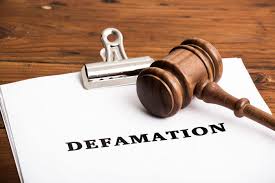



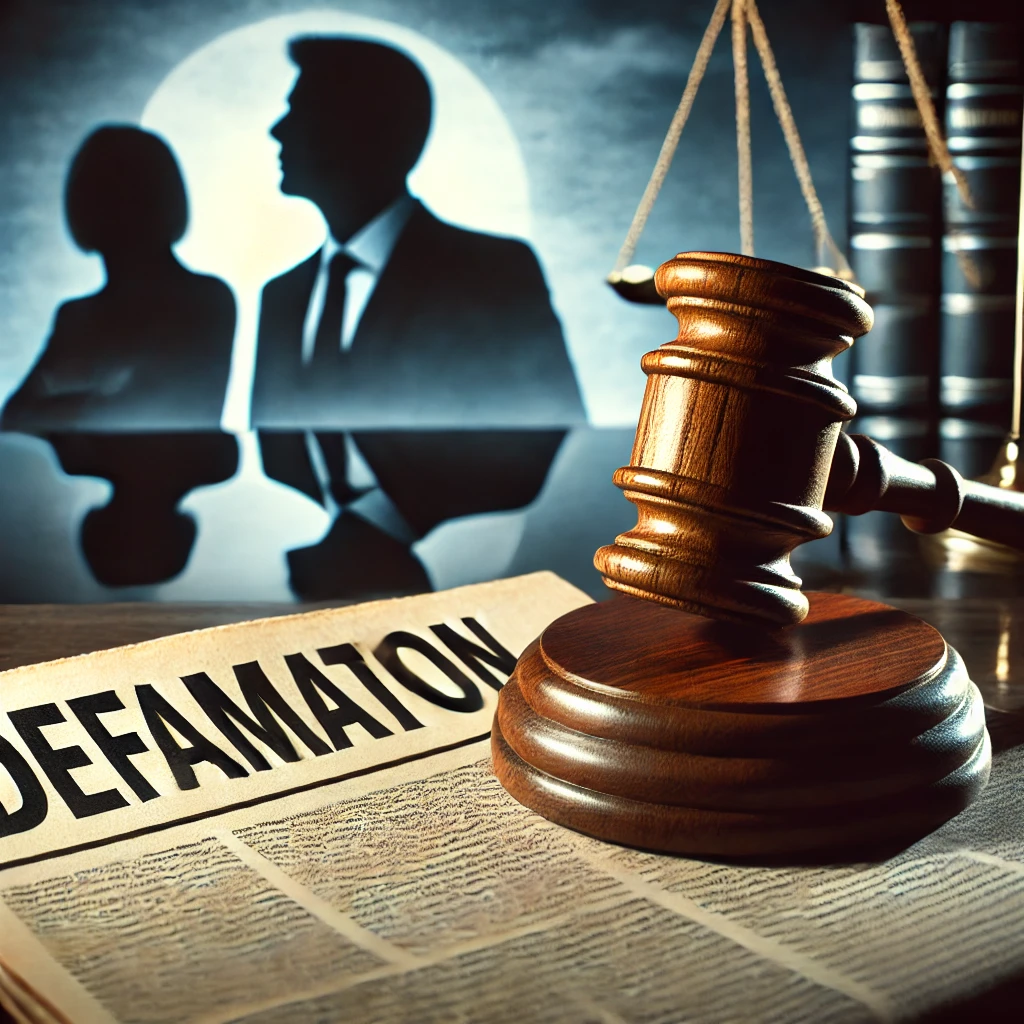
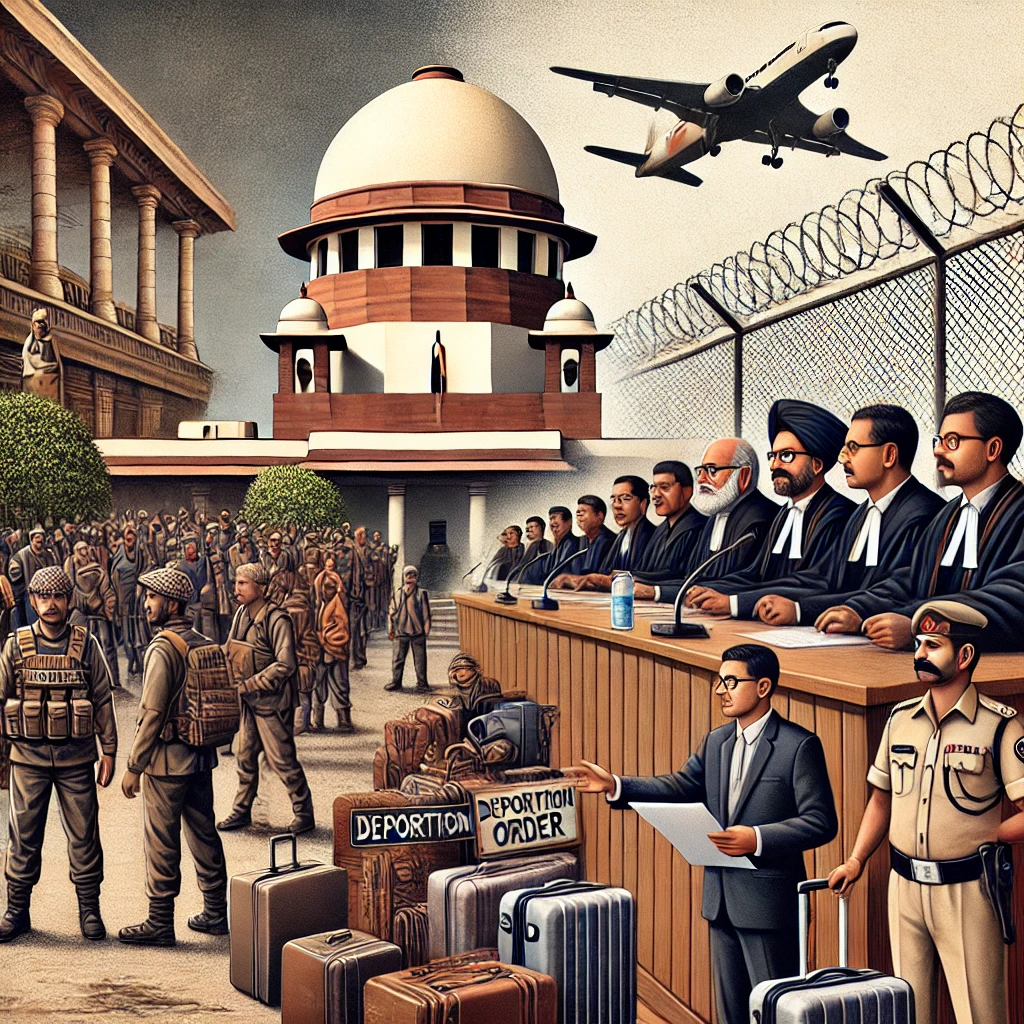

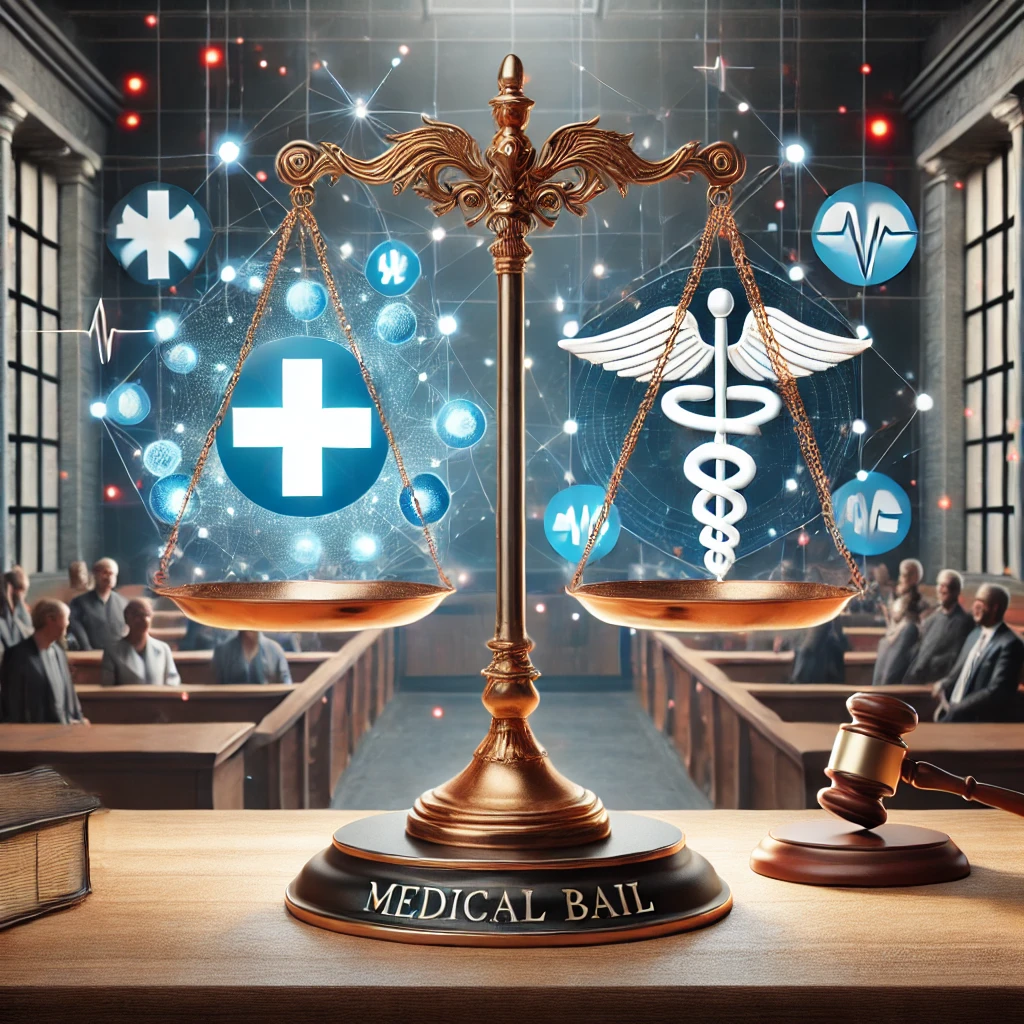







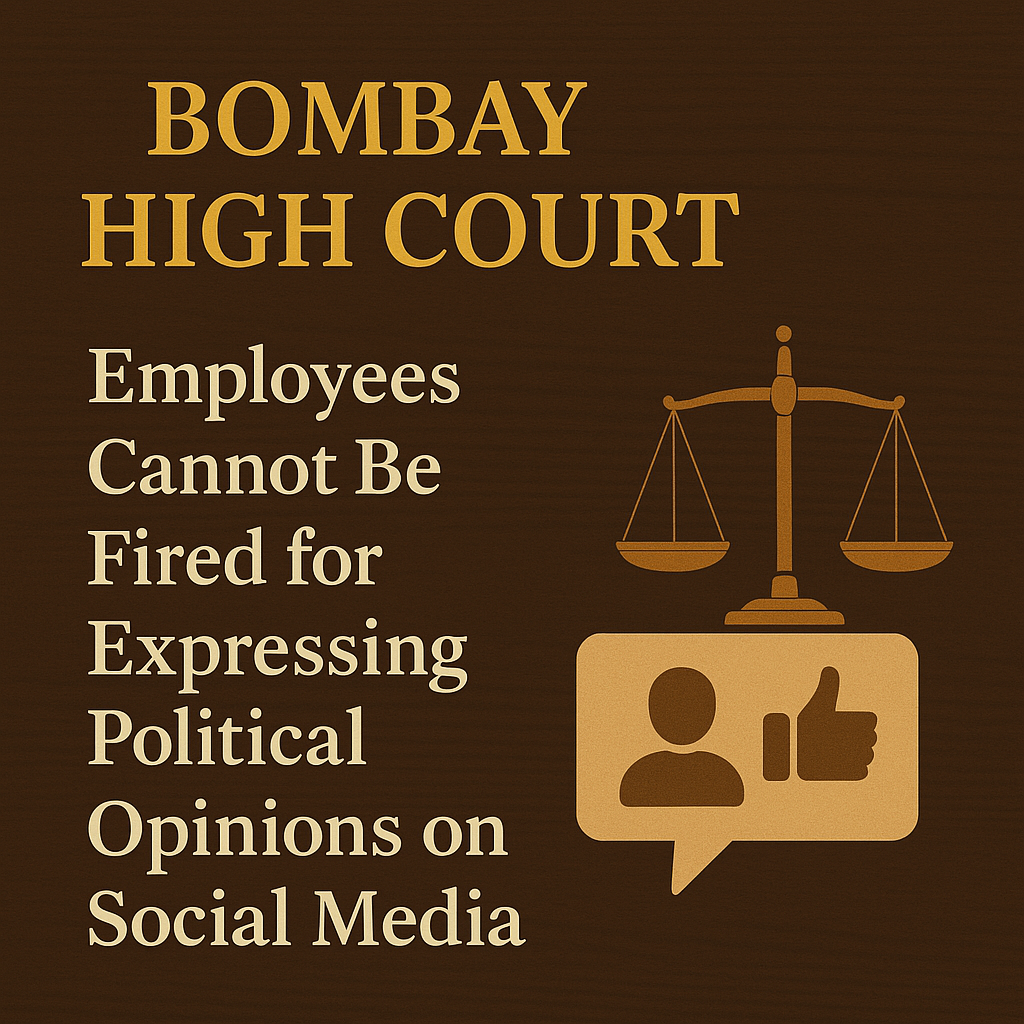



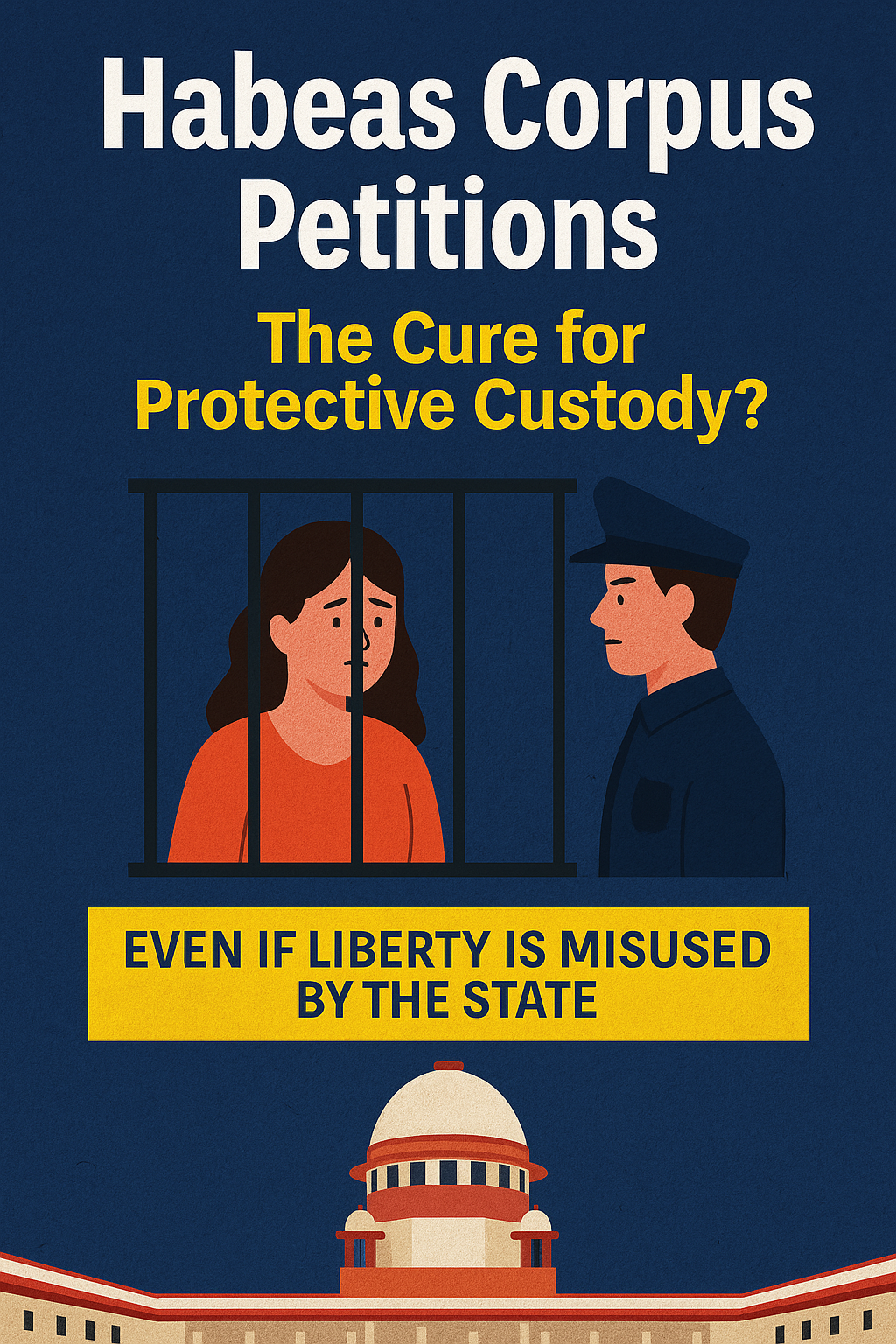
0 comments